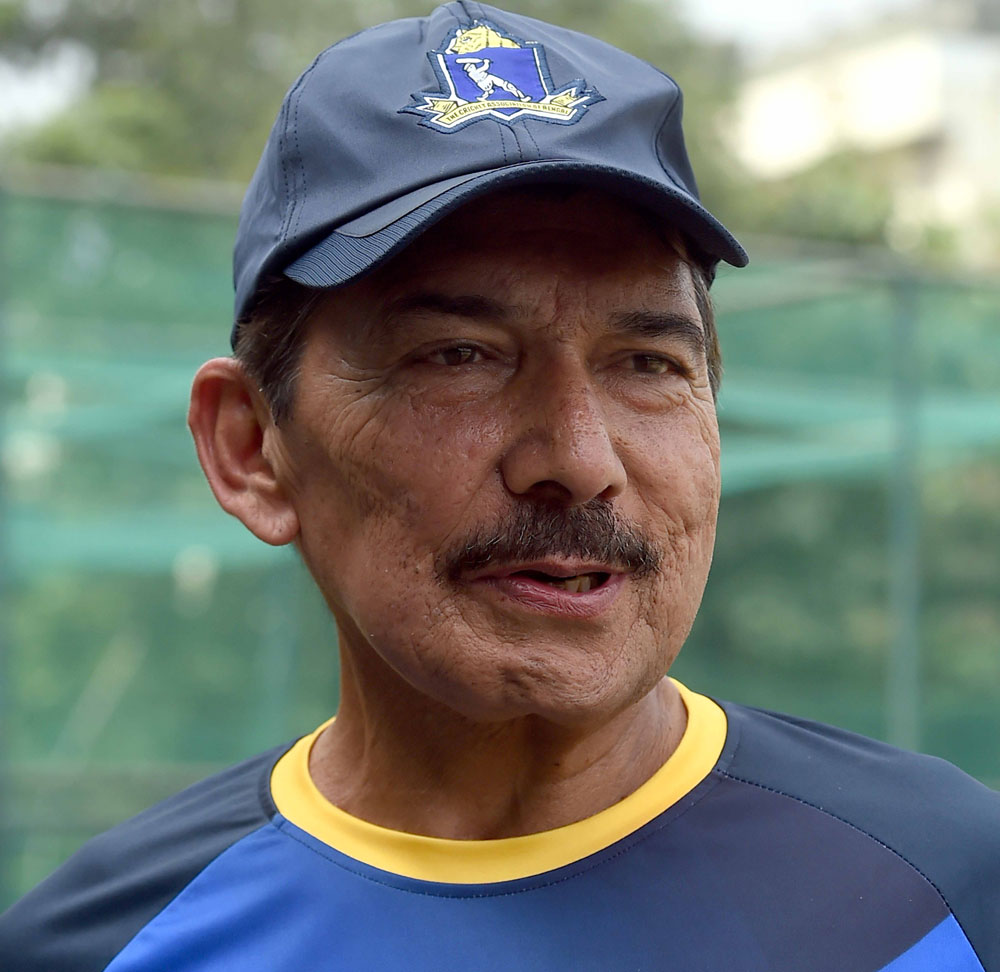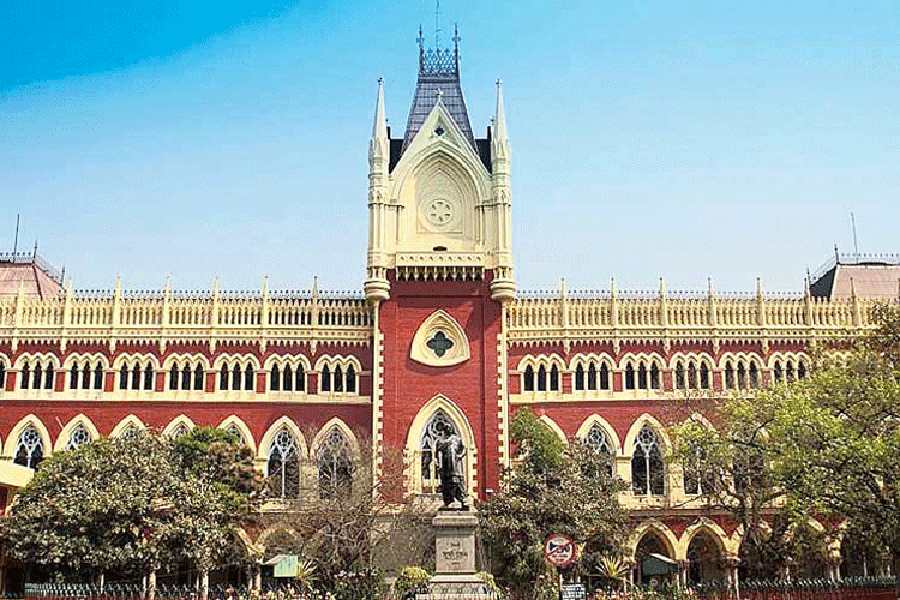Cricketer Arun Lal, who is among the nature lovers who have pooled funds to clean up Santragachhi Jheel, lent a hand on Saturday morning in removing water hyacinths from the sprawling lake in Howrah district.
The group took the plunge after waiting in vain for over a month for the authorities to clean up the water body, which turns into a haven for a variety of migratory birds during winter, and create islands of hyacinths for the winged guests to roost.
Any further delay in removing hyacinths might have driven away the migratory birds.
The clean-up started on Wednesday and will continue till December 2.
In 2011, the same group had raised funds and hired workers to prepare the water body to host birds.
“Many of us fail to realise that this Santragachhi Jheel is a treasure. I don’t know of any other place located beside railway tracks and surrounded by buildings where migratory birds arrive in thousands every year,” said Lal, the mentor of the Bengal cricket team.
Lal was at the jheel for over an hour on Saturday morning before heading for Salt Lake to supervise the Bengal cricket team’s practice.
Santragachhi Jheel, around 12km from the city centre, plays host to birds from across the Himalayas, Himalayan foothills in Bengal and many other places faraway and near.
They fly here to avoid the harsh climate in their breeding places during winter.
The most common bird spotted at the jheel is the Lesser Whistling Duck, a local migrant that is found in various parts of the subcontinent.
“A number of trans-Himalayan migrants such as Gadwall, Northern Pintail, Eurasian Wigeon, Northern Shoveler, Common Teal and Tufted Duck are also spotted here,” said birdwatcher Shubhankar Patra.
Birdwatchers said winter migrants start arriving around this time — middle of or end November.
“Only 10 per cent of the water at the jheel is visible and the rest is covered with hyacinths, hardly an inviting sight for the visitors we wait for throughout the year,” said a birdwatcher.
Conservation worker Arjan Basu Roy, playing a key role in the cleaning operation, said Howrah Municipal Corporation workers had removed a lot of hyacinths but they did not do the job properly.

Former India cricketer Arun Lal Telegraph file picture
“The workers were unaware of how to remove water hyacinths. After they did their job, neighbouring hyacinths came and filled the cleaned-up portion. It seems nothing has been done to clean the lake,” said Basu Roy, the founder of NGO Nature Mates that works for nature conservation.
The jheel will cease to attract birds if it is devoid of hyacinths, ornithologists point out.
Some hyacinths must remain, tied to form an island for birds to roost. The islands should be strong enough to withstand the weight of multiple birds and not to get blown away by wind.
“A water body of the size of Santragachhi Jheel should have several such islands,” the bird watcher said.
Communication professional Mudar Patherya, one of those who had taken the 2011 clean-up initiative, is part of the group that is raising funds this time, too.
“Arun Lal, Jayanta Chatterjee and I have already contributed and created a fund of Rs 25,000 to start the work. I am exploring other options to generate funds. We need about Rs 2.6 lakh to clean up the jheel,” said Patherya.
Bijin Krishna, commissioner of the Howrah Municipal Corporation, said: “We are providing trucks to carry the water hyacinths to the waste disposal site. Around 30 men deployed by the civic body are helping the team.”










